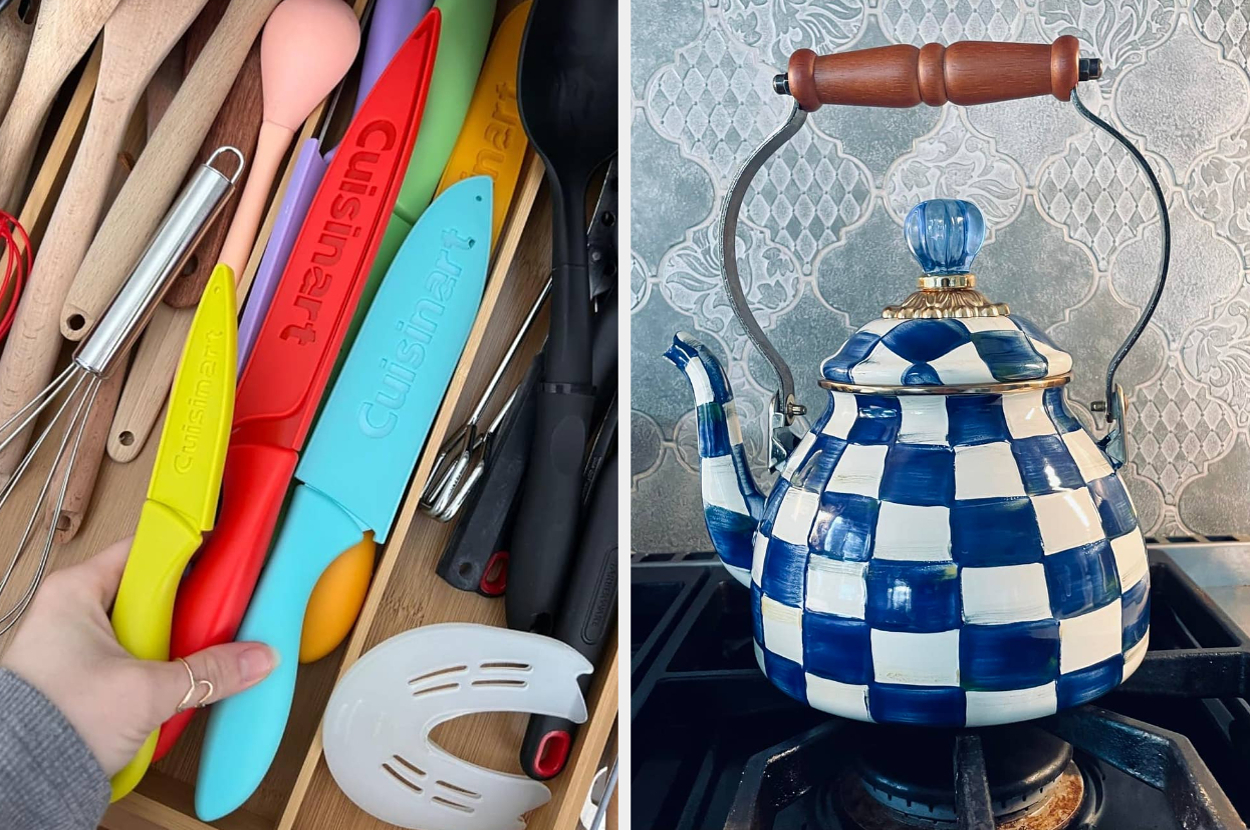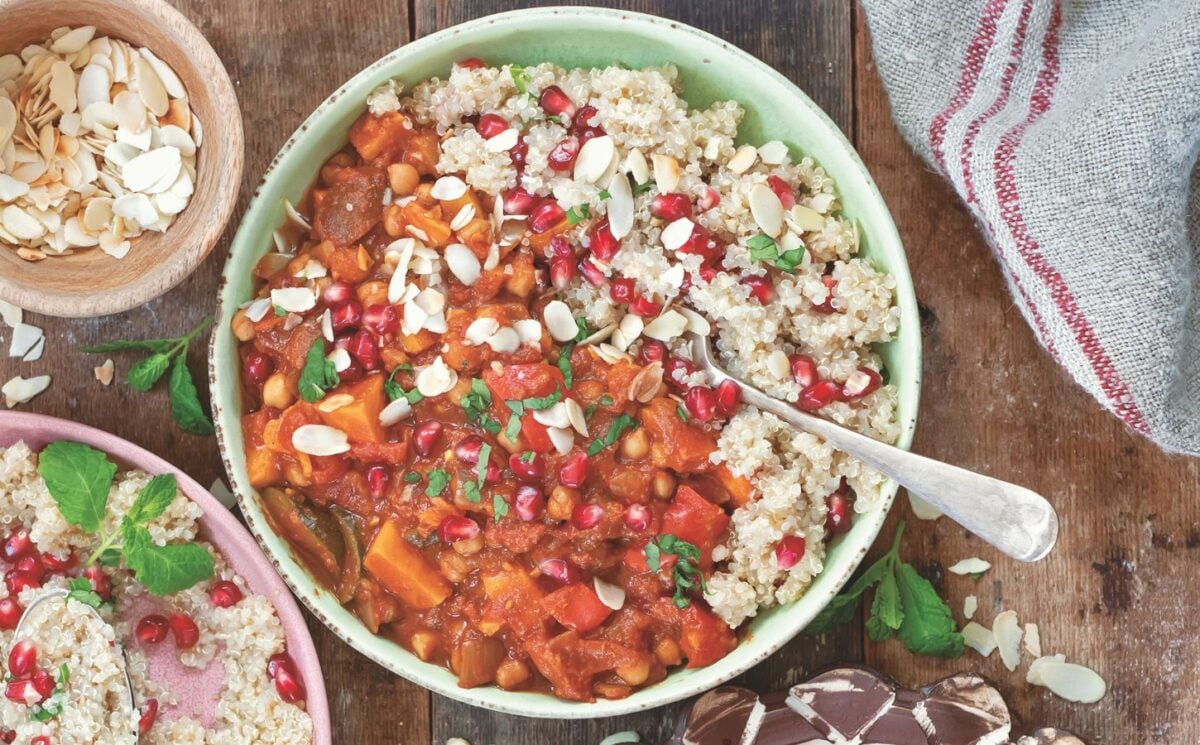
Rick Stein has shared the lesser known ingredient he says can be grown in your garden and adds a "powerful kick" to your recipes. Television chef and restauranter Rick says his herbs are the "most important" thing in his garden . The 78-year-old says this is because he likes to use his homegrown herbs in his own meals.
One herb in particular that Rick is fond of is lovage. He says it is an excellent companion to creamy fish dishes or potatoes. Writing in The Telegraph, he explained: "It's related to celery and parsley and has quite a powerful kick.

It's great in a creamy fish sauce or something like pork belly slices with parsley and lovage potatoes. I also add freshly chopped lovage when I'm making Swedish meatballs." Rick grows most of his herbs in terracotta pots at home, boasting six different mint varieties.
Others, such as rosemary, bay, and chives, are planted directly into the soil, reports Cornwall Live . He shared: "I love that I get to breathe in all their wonderful aromatic smells. Herbs can add so much to a dish and growing them gives you a wonderful sense of satisfaction.
" Known for programmes like Rick Stein's Cornwall and Rick Stein's Food Stories, Rick's passion for herbs dates back to the 1970s. He recalls being given a dish with freshly cooked basil by a friend, which he found "amazing". Rick also reminisces about the past difficulty in sourcing herbs and spices, but now proudly states his garden hosts "nearly every herb" that can be grown in the UK.
The RHS advises that lovage typically blooms in the middle to late summer, so it's best to sow it between March and May. Planting should ideally take place around April, allowing it to sprout just in time for June, July or August. Lovage is a hardy plant that can thrive in most soil types and gardens.
It requires minimal upkeep and is a perennial plant, which means it will die back and then regrow from its base each spring. The RHS also notes that its leaves can be incorporated into salads, soups and stews, while the stalks can be blanched and the seeds utilised in baking..















